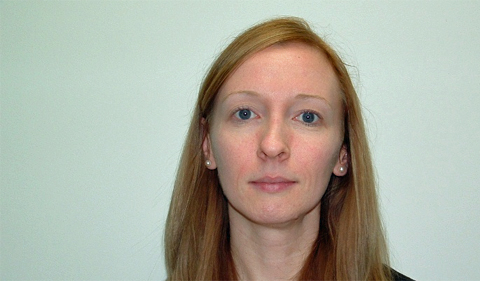Ohio University’s Chemistry & Biochemistry Colloquium Series presents Stefanie Heckman on “Analysis of Adulterated and Counterfeit Products at the FDA’s Forensic Chemistry Center”, Monday, Nov. 5, from 4:10 to 5 p.m. in Clippinger 194.
Heckman is with the Forensic Chemistry Center, US Food and Drug Administration, Cincinnati, Ohio, USA.
Abstract: The fundamental mission of the Forensic Chemistry Center (FCC) is to protect the public health by providing analytical approaches, rapid development of methodology and expert scientific evaluations in support of investigations involving the safety of foods, drugs and other FDA-regulated products.
The FCC provides expert technical support and analyses for the FDA’s Office of Criminal Investigations (OCI) and for many high profile and emergency FDA regulatory samples to protect the consumer from fraudulent and harmful products. This full-service laboratory provides rapid response and specialized analytical services in forensic chemistry and molecular/microbiology related to product tampering, counterfeiting, counter-terrorism, adulteration/contamination, and product composition.
The FCC uses a variety of separation and detection techniques to identify unknown/non-targeted chemical substances and quantitate targeted analytes. These include microchemical tests, gas and liquid chromatography with mass spectrometric detection, capillary electrophoresis, nuclear magnetic resonance and high-performance liquid chromatography. The laboratory employs light microscopy, scanning electron microscopy, image analysis, variable wavelength light source analysis and Raman and near infrared imaging to examine samples. The FCC conducts elemental analyses using x-ray fluorescence, atomic absorption spectrometry, inductively coupled plasma mass spectrometry and energy dispersive x-ray analysis.
The host is Dr. Anthony Stender, Assistant Professor of Chemistry & Biochemistry at Ohio University.
Colloquia are Mondays from 4:10 to 5 p.m. in Clippinger 194.




















Comments